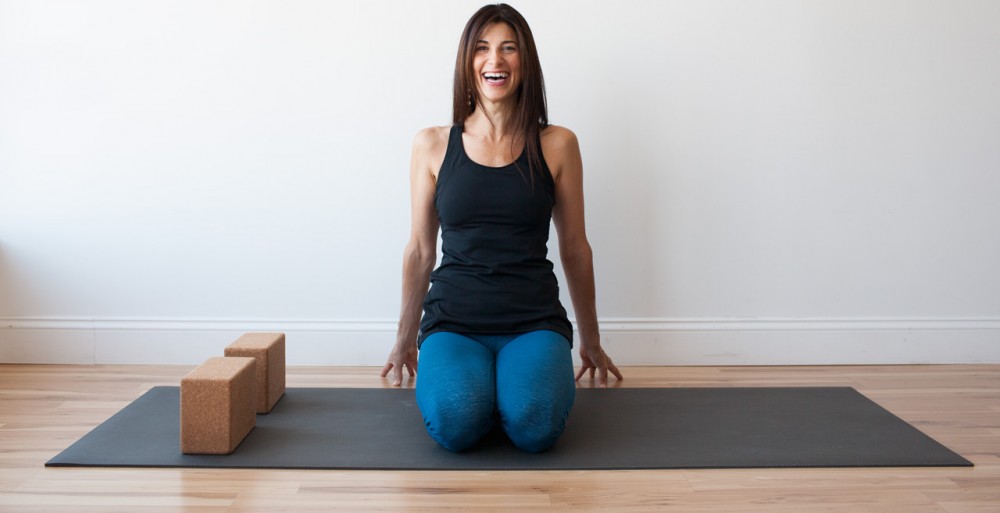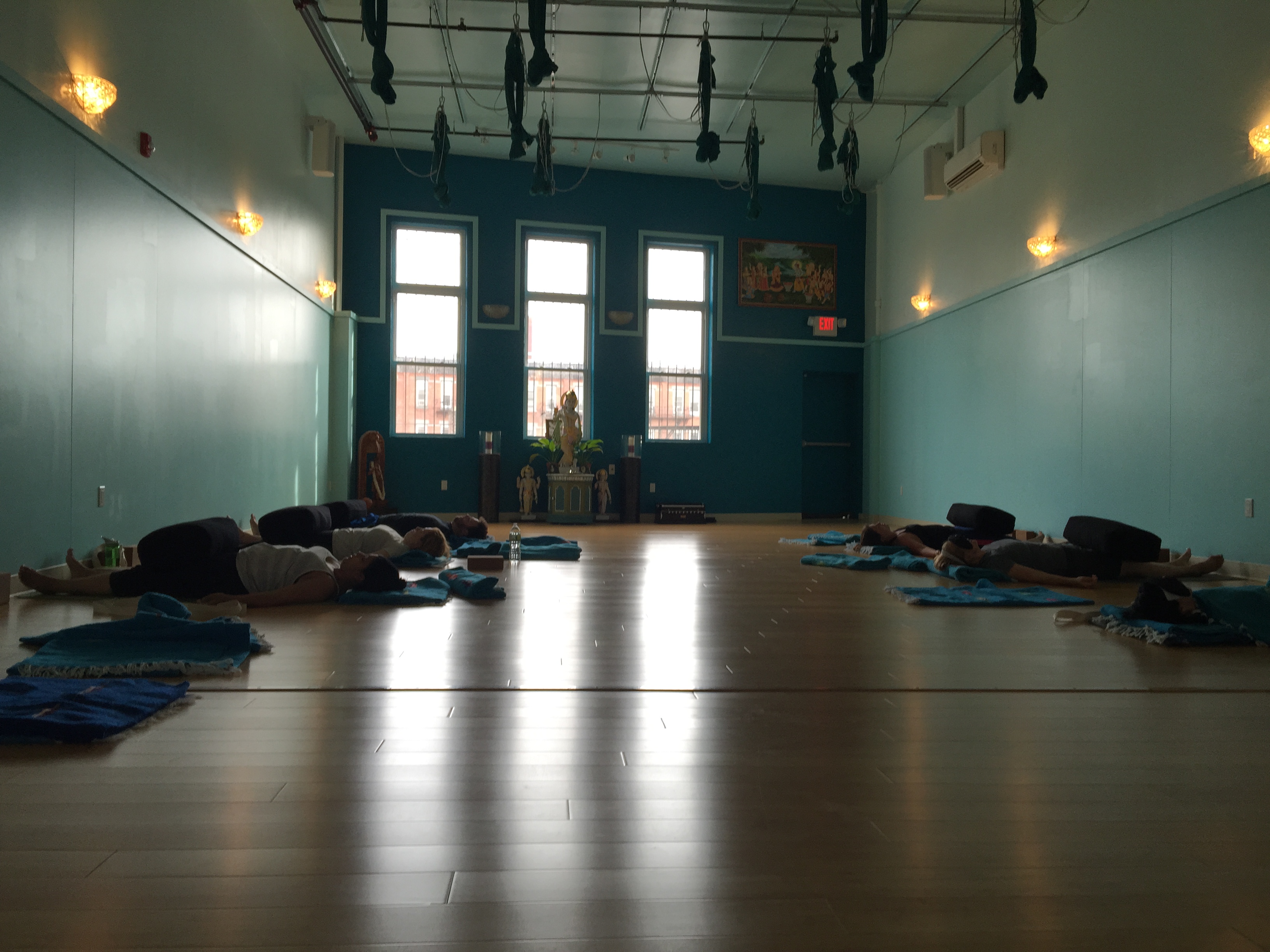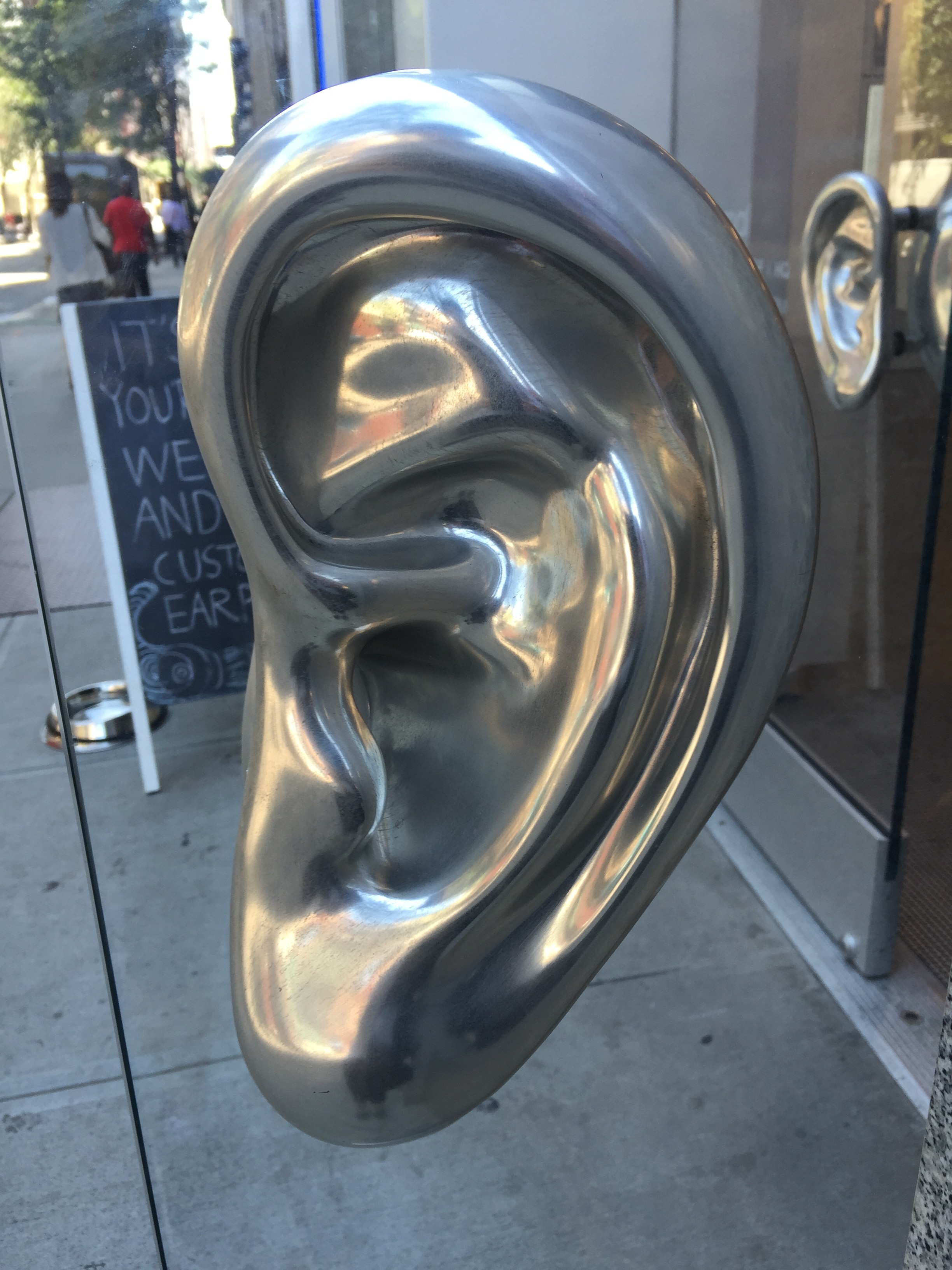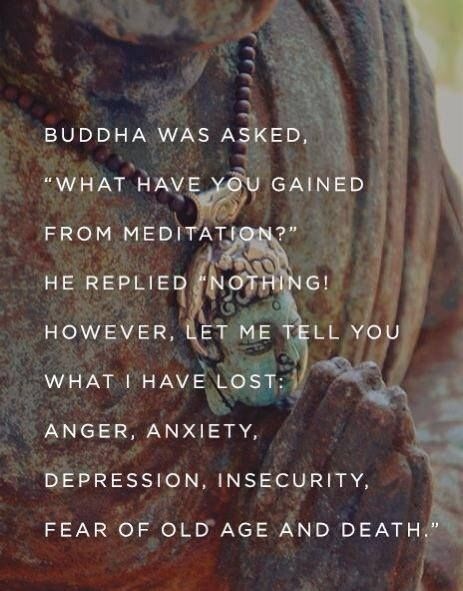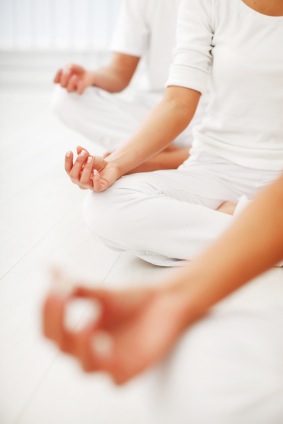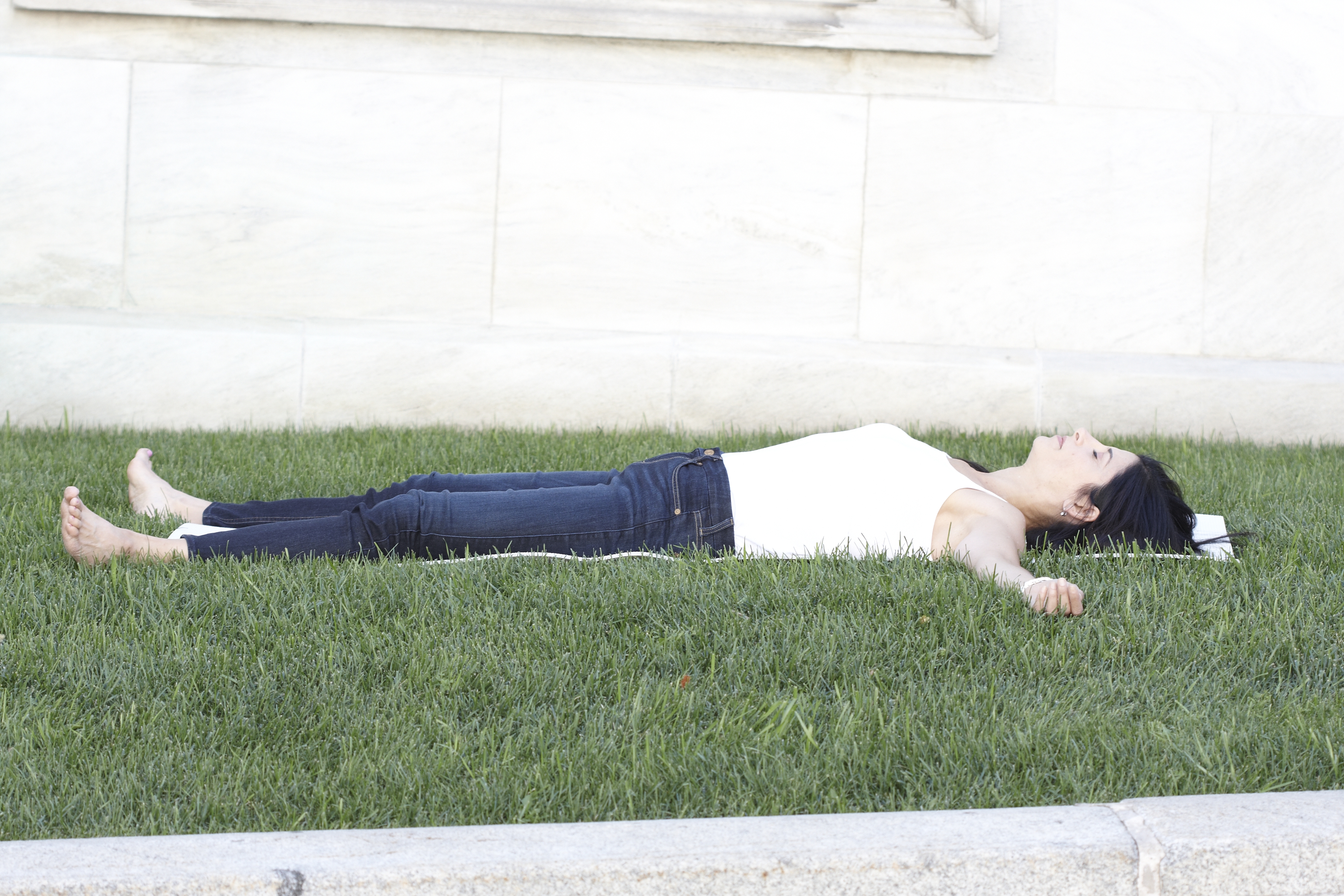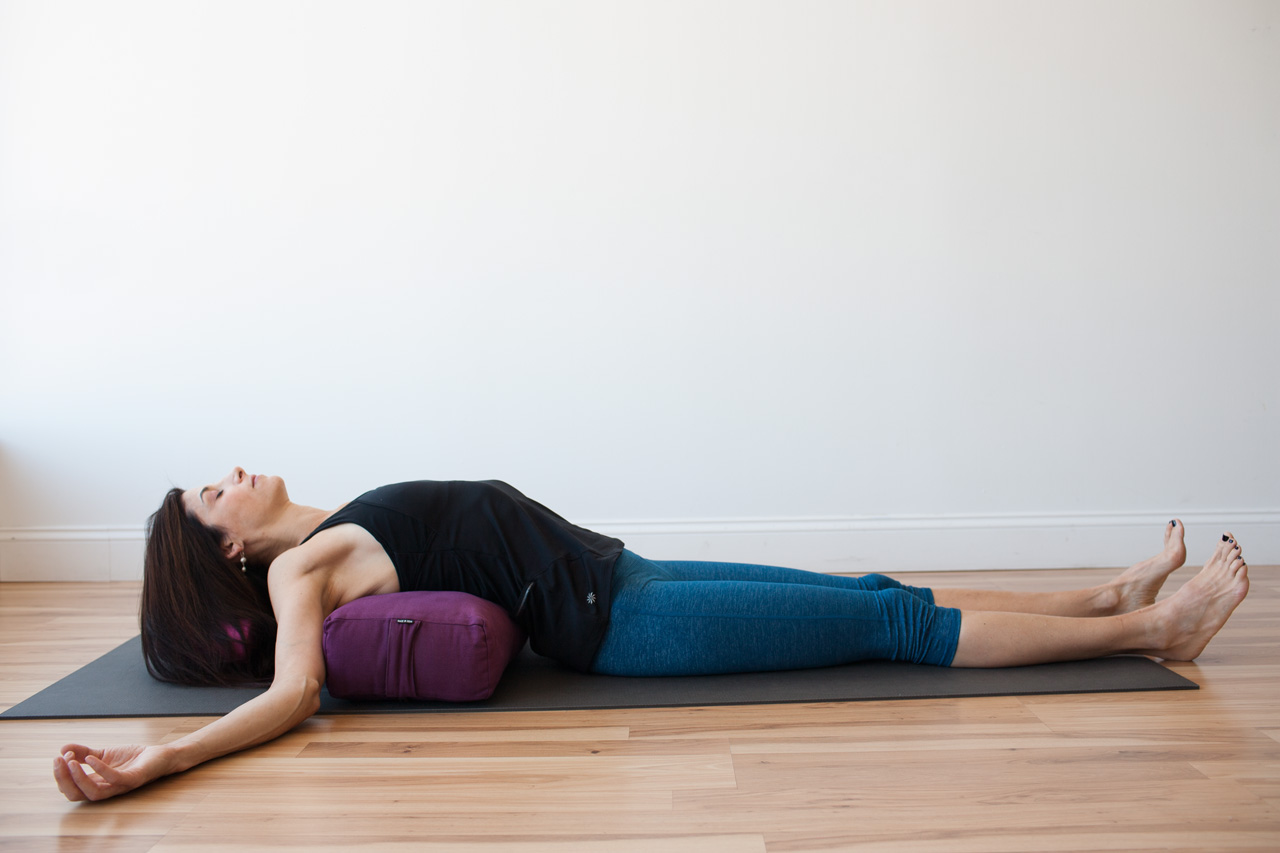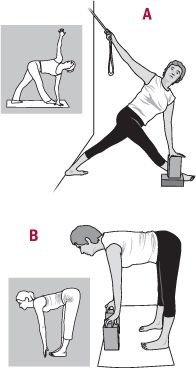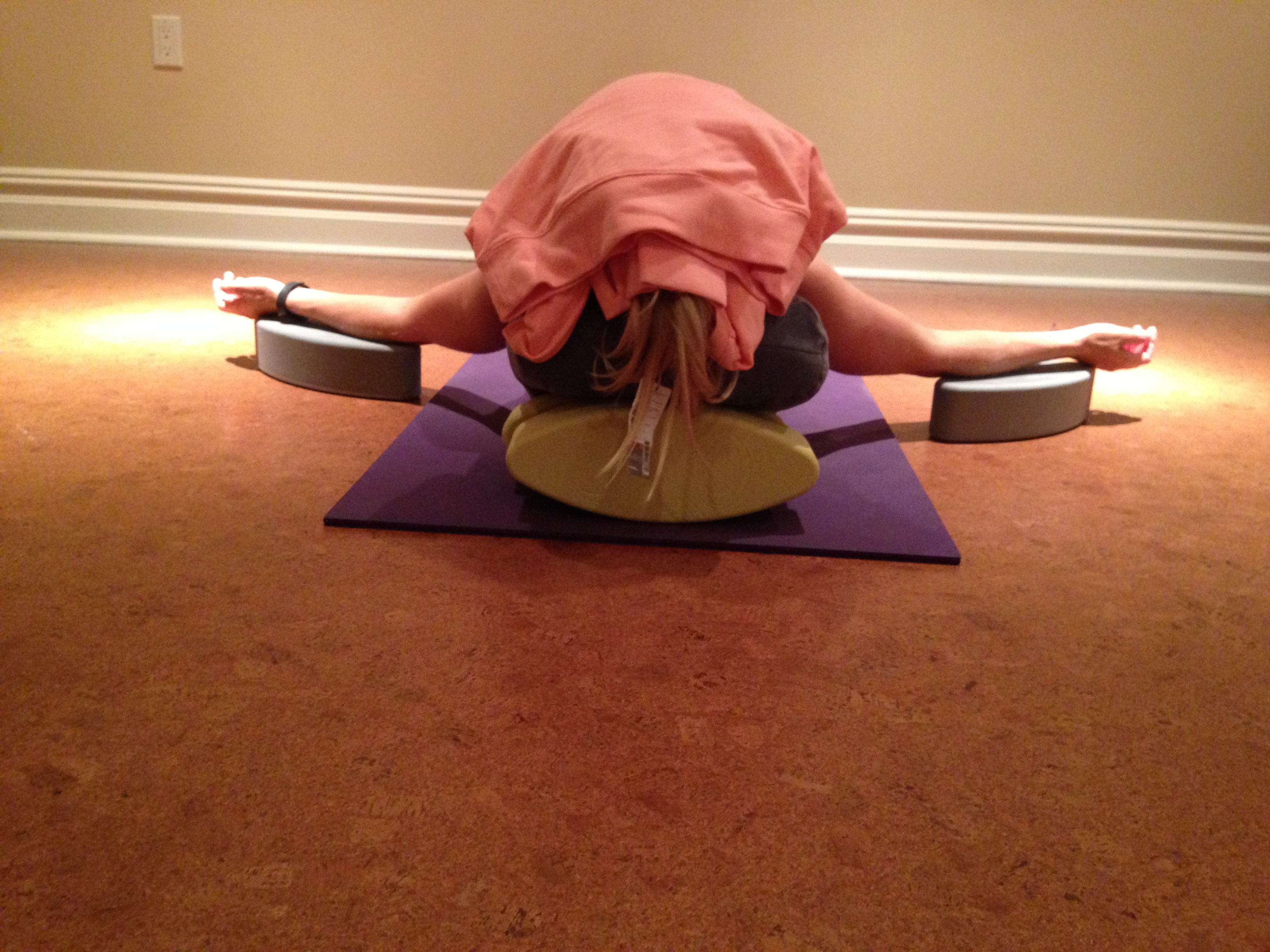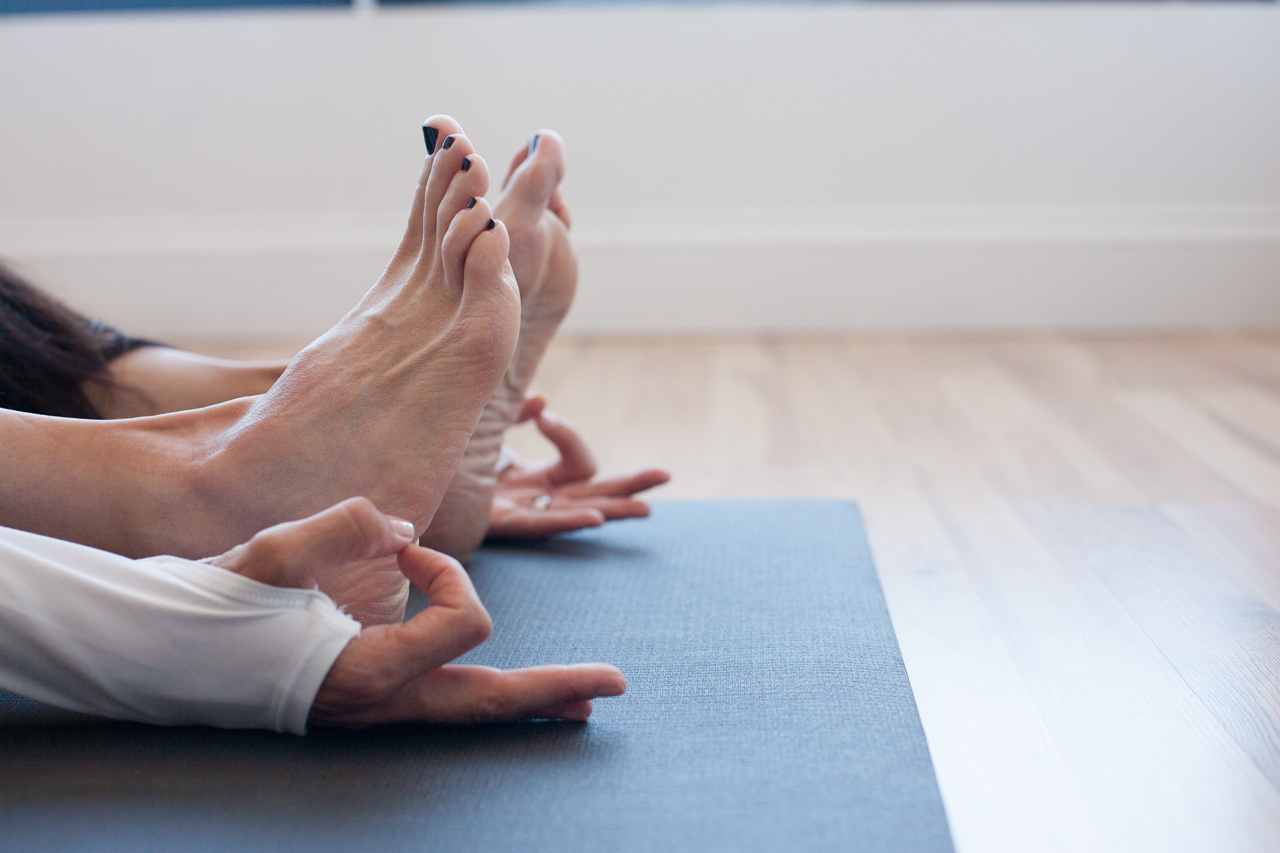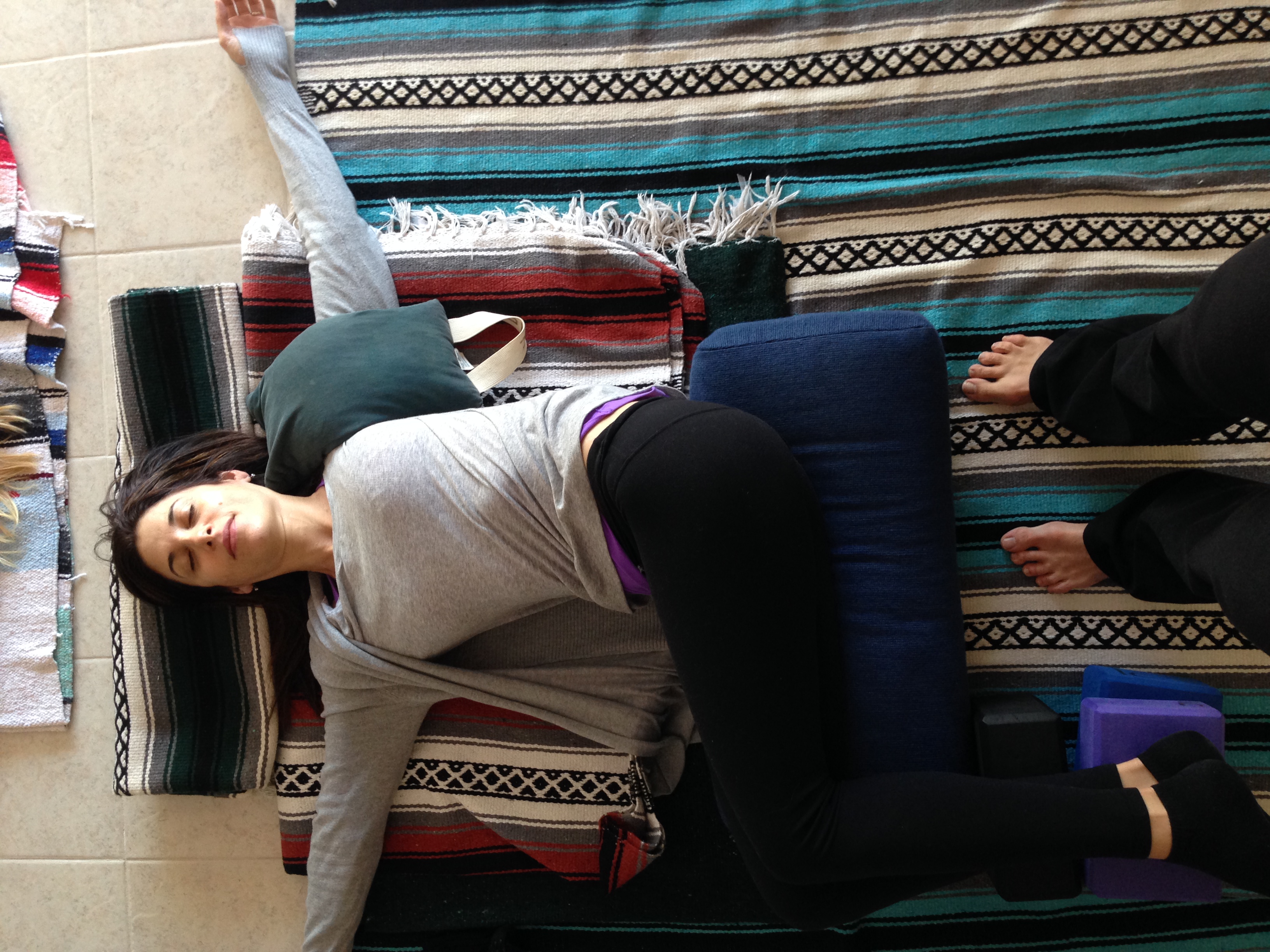Group Yoga Classes in September:
This season I’m kicking the restorative yoga classes up a notch, through the use of weekly themes and focuses on different categories of asanas.
This is primarily because I notice a prevalence of folks who either come expecting to just lay out on a bolster and sleep, or are already burnt out and tired that they should really be coming more often (preventative measures) rather than 1&1/2 hours of “curative”. Don’t get me wrong, it’s all good, but discipline (tapas) pays off, especially with restorative yoga, since we do not always cultivate the softer forms of practice (meditation, relaxation, pranayama).
Also, holding any pose for any length of time is either not helpful (if you do not have the alignment or trajectory of the pose in the first instance), or helpful if you are really in tune with proper prop placement and so on. Comfort is really learned too!
Many of you come to group yoga classes when you are already tired; have lower back pain, stiff shoulders, and tight hips. We will address all these issues in weekly themes during our yoga classes where you can learn sequences and alignment skills to complement your busy life and your active yoga practices. The sequences will progress as you learn them…right?! so come to class – or just book me privately.
The first week of the month will be devoted to supine standing poses, which are great to alleviate tension in the whole body. The second will be devoted to backbends and twists, to improve posture, circulation, the third to forward bends and light inversions, which have great benefits for immunity and overall calmness, and the fourth to peaceful practices and pranayama.
Look forward to seeing you in class,
Rana
